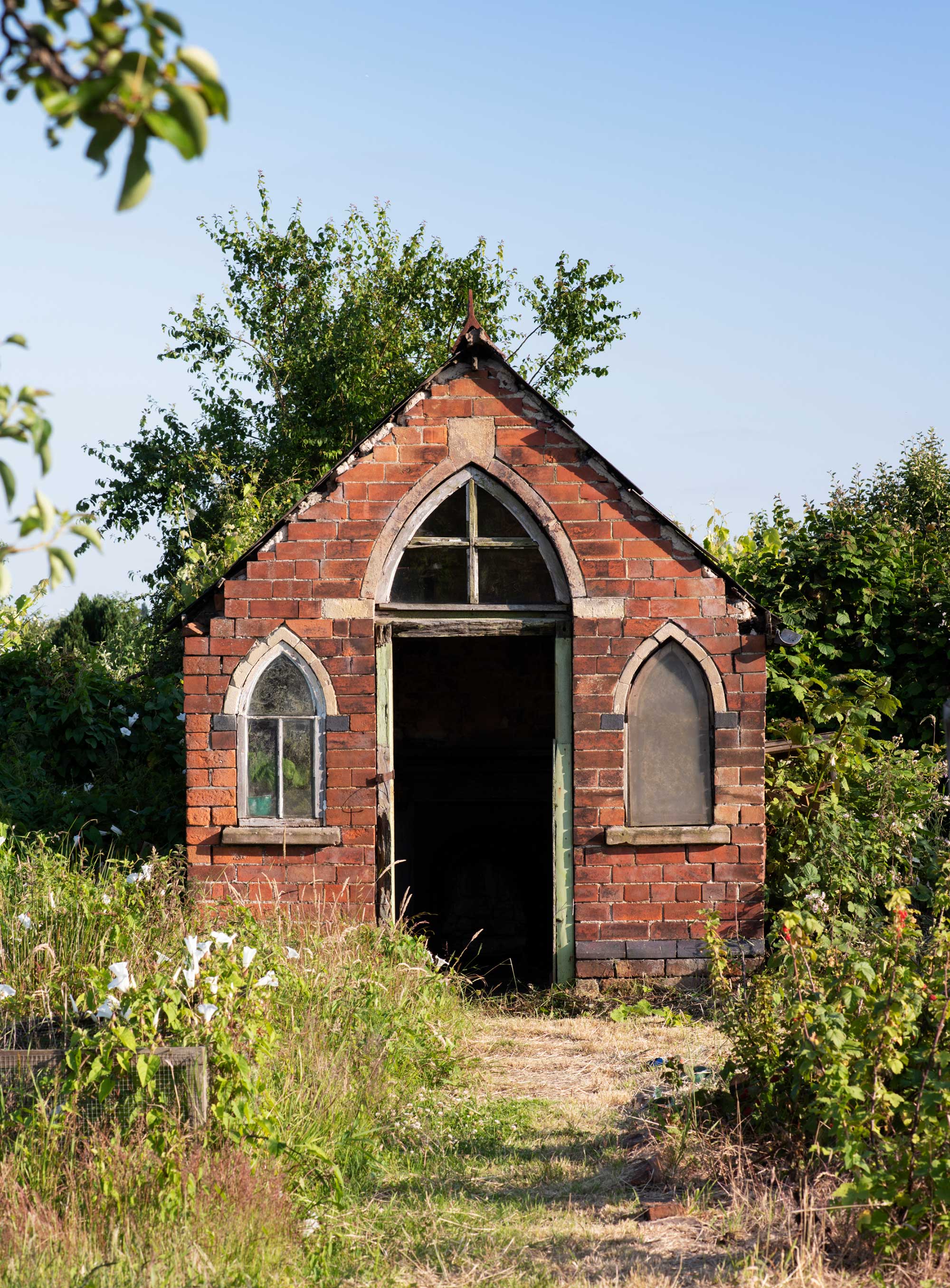Grant Awarded to Rare Horticulture Heritage Site
Historic England has awarded a grant of £63,000 to Coventry City Council towards a project that will see three summer houses in Stoney Road Allotments, a Grade II* registered park and garden, repaired.
Stoney Road Allotments, owned by Coventry City Council, is an example of what were known as detached town gardens, now called allotments. Once common, few remain. There are only five on the National Heritage List for England, and they are all located in the Midlands.
Where they do survive, they still offer the treasured access to greenspace and benefits to wellbeing that they were originally intended to provide.
Stoney Road is rare in that many of its original summer houses have survived, with five of the summer houses individually listed at Grade II. However, these nationally important buildings are at increasing and immediate risk of loss, through deterioration and inappropriate repairs.
The grant will help to fund restoration work to the houses on plots 9,13 and 47 so they can once more be used by the allotment community.
I can’t think of a better way to celebrate National Allotments Week than by supporting the nationally significant site of Stoney Road Allotments. It’s an important community resource which has been the backdrop to many people’s gardening lives for nearly 90 years. The site has retained its wonderful hedged structure which shows how it originally developed as detached gardens with mature fences, rather than allotments with little or no boundaries.
We are delighted to have been awarded this grant which will enable work to be carried out on these charming Grade II listed structures. The summer houses really are a hidden gem in our city. Whilst they have been maintained over the years by the allotment association, this funding will help preserve them for years to come.
Gardener’s world
The Stoney Road site lies within the boundary of the former medieval Cheylesmore Park, dating from the mid-12th century when the park belonged to the Earl of Chester. After several changes of owners and layouts, a small area of the gardens in Cheylesmore Park were laid out by 1807 for the use as town gardens.
More plots were laid out after the London to Birmingham railway line was constructed in 1837, and this cut through the northern part of Cheylesmore Park. Today there are approximately 80 plots on the site.
In 1870 it was noted that there was “a great number of small gardens, all well cultivated, and much sought after in consequence of their easy distance and pleasant situation”. The gardens were enclosed by hedges and would have featured ornamental planting as well as productive plants.
In the mid-1930s a strip of gardens fronting Stoney Road to the west was developed for semi-detached houses and Stoney Road, which had previously been a dead end, was connected to the surrounding streets. In 1935 the City Council acquired Stoney Road Garden, which became Stoney Road Allotments.
Summer in the city
The three summer houses are all small buildings, with areas ranging between eight and five sqm. They are constructed in a variety of styles and materials but are all built in a traditional way with either a masonry or timber frame.
They do have individual details and decorative features; a couple of the summer houses have pointed windows and moulded terracotta tiles. The summer houses appear to have had small fireplaces, but unfortunately, this feature has been lost in some of them.
The features reflect how the site was developed not only to provide a garden away from home for people living in crowded urban areas, but also as a place that people could have pride in.





